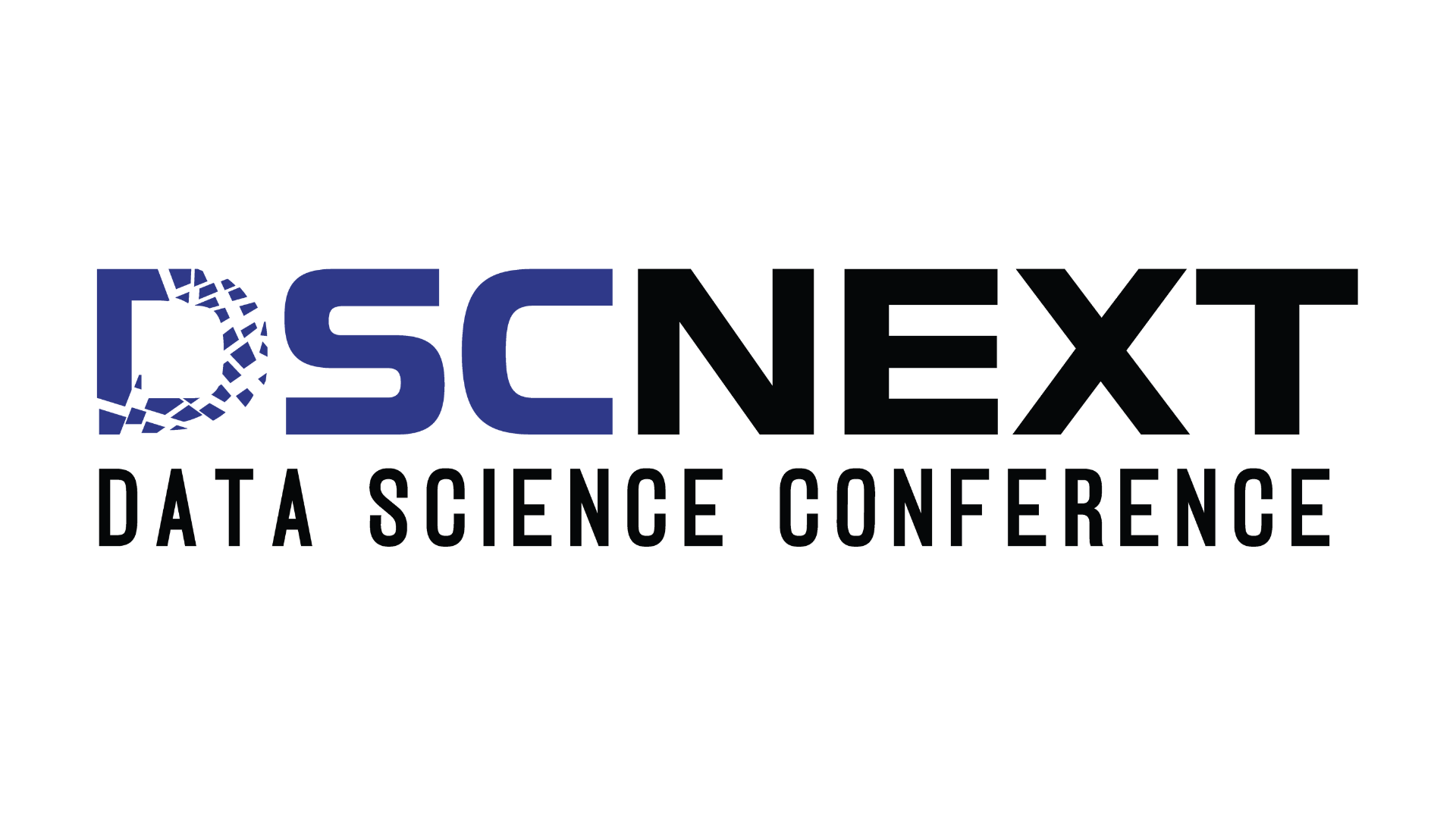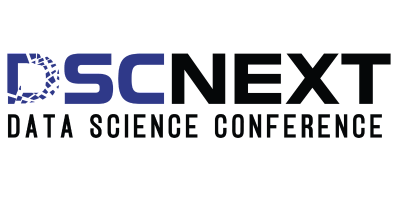
In an era defined by rapid technological advancement, intelligent automation powered by artificial intelligence (AI) has transformed industries across the globe. As businesses adopt AI-driven tools and systems, they’re discovering that these technologies are not just replacements for human labor but valuable collaborators. This synergy between human intelligence and AI, known as Human-AI Collaboration, is redefining the modern workforce and unlocking new possibilities for productivity, creativity, and innovation.
Let’s delve into the role of Human-AI Collaboration, its benefits, and how companies can foster an empowered workforce in the age of intelligent automation.
The Shift from Automation to Collaboration
Traditional automation has historically focused on replacing repetitive, rule-based tasks with machines. However, the scope of intelligent automation has expanded with advancements in AI, machine learning, and natural language processing. Now, AI can understand, learn, and make decisions, creating opportunities for deeper collaboration between humans and machines.
Rather than being a replacement, AI is evolving as a collaborative partner that augments human abilities. This transformation is paving the way for a new era where AI handles data-intensive tasks, enabling humans to focus on complex problem-solving, strategic planning, and creative endeavors.
Benefits of Human-AI Collaboration
- Enhanced Productivity and Efficiency AI excels in data processing, pattern recognition, and task automation, streamlining processes that would take humans significantly longer. By offloading routine tasks to AI, employees can focus on higher-value activities that require critical thinking and expertise. This leads to enhanced productivity across sectors like customer service, finance, healthcare, and manufacturing.
- Improved Decision-Making AI’s data analysis capabilities allow businesses to make more informed decisions by providing real-time insights and predictions. When AI and human insights are combined, decision-makers gain a more comprehensive view, resulting in better risk assessment, market forecasting, and strategy development.
- Boosting Innovation and Creativity With the assistance of AI, employees can pursue innovative solutions without being bogged down by mundane tasks. For example, in product design, AI can quickly test and analyze prototypes, allowing teams to iterate ideas faster and focus on creative aspects. In content creation, AI can assist with drafting, while writers can focus on refining ideas and creating compelling narratives.
- Personalized Customer Experiences Human-AI collaboration enables a tailored customer experience by combining AI’s ability to analyze customer data and trends with the human touch needed to connect emotionally. AI can provide insights into customer behavior and preferences, while customer service teams use this information to build personalized interactions, increasing customer satisfaction and loyalty.
Practical Examples of Human-AI Collaboration
- Healthcare
In healthcare, AI-powered tools analyze medical data, assisting doctors in diagnostics, predicting patient outcomes, and even personalizing treatment plans. For example, radiologists use AI to detect anomalies in imaging scans, enabling faster and more accurate diagnoses. Medical professionals interpret these findings, combining AI insights with their expertise to provide the best patient care. - Finance
Financial analysts and advisors collaborate with AI systems to predict market trends and manage risk. AI algorithms can analyze vast amounts of financial data to identify patterns and predict market movements. This allows analysts to make well-informed investment decisions and manage portfolios effectively. - Customer Service
AI chatbots handle common customer inquiries and provide instant responses, while human agents step in for more complex queries. This collaboration provides a balance between efficiency and empathy, ensuring customers feel valued and understood. - Retail and E-commerce
Retailers use AI to analyze buying patterns and recommend products, enhancing the shopping experience. Human marketing teams use this data to craft personalized campaigns, leading to higher engagement and conversion rates.
Fostering a Collaborative Workforce
To maximize the benefits of Human-AI Collaboration, companies need to invest in training and change management initiatives. Here are key strategies to foster an empowered workforce:
- Upskilling and Reskilling Programs
As AI takes on more tasks, employees may need to develop new skills to adapt to changing roles. Organizations can offer training programs that equip employees with digital literacy, data analysis, and AI management skills. Reskilling employees fosters a culture of continuous learning, preparing them for the future of work. - Encouraging AI Literacy
AI literacy initiatives help employees understand how AI functions and how they can leverage it in their roles. When employees have a clear understanding of AI’s capabilities and limitations, they are more likely to trust and effectively collaborate with AI tools. - Cultivating a Culture of Collaboration
To integrate AI successfully, businesses should promote a mindset where AI is seen as a partner, not a threat. Leaders can foster an environment where employees feel supported and encouraged to explore AI’s potential while focusing on human-centric tasks that machines cannot replicate. - Ethics and Transparency
AI collaboration requires ethical considerations, especially concerning data privacy and fairness. Transparent AI practices help employees and customers understand how AI operates, building trust and mitigating concerns about potential biases.
The Future of Work: Unlocking New Opportunities
As AI technology advances, the boundaries of Human-AI Collaboration will continue to expand, opening doors to more sophisticated applications across industries. For businesses, adopting AI is no longer just about improving efficiency but about creating a workforce that leverages the best of both human and artificial intelligence.
The future of work lies in integrating AI as an enabler of human potential. As organizations embrace Human-AI Collaboration, they’re empowering employees to engage in higher-level tasks, innovate, and drive meaningful impact. In the age of intelligent automation, the fusion of human ingenuity and AI capability is setting the stage for unprecedented growth, resilience, and transformation.
Human-AI Collaboration is not only reshaping jobs and industries but also empowering a future where humans and machines work in harmony, each amplifying the other’s strengths. Embracing this collaboration is the key to thriving in the age of intelligent automation and transforming workforces into engines of creativity, empathy, and innovation.


